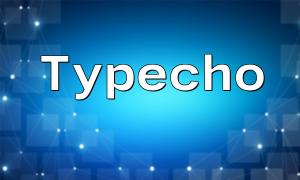As applications become increasingly complex, maintaining clean and manageable code becomes a significant challenge. Dependency Injection (DI) is a design pattern that helps decouple application components, improving flexibility and testability. The Phalcon framework, a high-performance PHP framework, provides powerful DI support that allows developers to efficiently manage dependencies, making it easier to develop scalable and maintainable applications.
Phalcon provides a powerful DI container that enables easy management of services and dependencies in your application. The container decouples the components of your application and reduces direct dependencies between them. Below is an example of how to use Phalcon's DI container to register services like a database connection and logging service:
use Phalcon\Di;
$di = new Di();
// Register the database service
$di->set('db', function() {
return new Phalcon\Db\Adapter\Pdo\Mysql([
'host' => 'localhost',
'username' => 'root',
'password' => 'secret',
'dbname' => 'my_database'
]);
});
// Register the logger service
$di->set('logger', function() {
return new Phalcon\Logger\Adapter\File('app/logs/app.log');
});
In this example, we register the database and logger services in the DI container. These services can now be easily injected where needed, without having to manually instantiate them each time.
One of the common places where DI is used is in controllers. When a controller depends on services like a database or logger, we can inject these dependencies via the constructor. Here's a simple example demonstrating how to inject a database and logger service into a controller:
use Phalcon\Mvc\Controller;
class UserController extends Controller
{
protected $db;
protected $logger;
public function __construct($db, $logger)
{
$this->db = $db;
$this->logger = $logger;
}
public function indexAction()
{
// Use the database service
$users = $this->db->fetchAll("SELECT * FROM users");
// Use the logger service
$this->logger->info("User accessed the user list page");
}
}
In this example, the controller constructor receives two parameters (database and logger services), which are stored as class properties. These services can then be directly used within controller methods.
Dependency Injection is not limited to controllers; it can also be used in views. For example, you can access the logger service in a view file by fetching it from the DI container:
<!-- index.phtml -->
<?php
$logger = $this->getDI()->get('logger');
$logger->info("User accessed the homepage");
?>
In this case, the view fetches the logger service from the DI container using `$this->getDI()->get('logger')`. This allows the view to freely use the logger service without creating a direct dependency.
The DI container in Phalcon simplifies managing services and dependencies across an application. By using DI, we can decouple various components, improving code readability, maintainability, and testability. Properly utilizing Dependency Injection in Phalcon enables developers to create high-quality, scalable applications with clean architecture.









